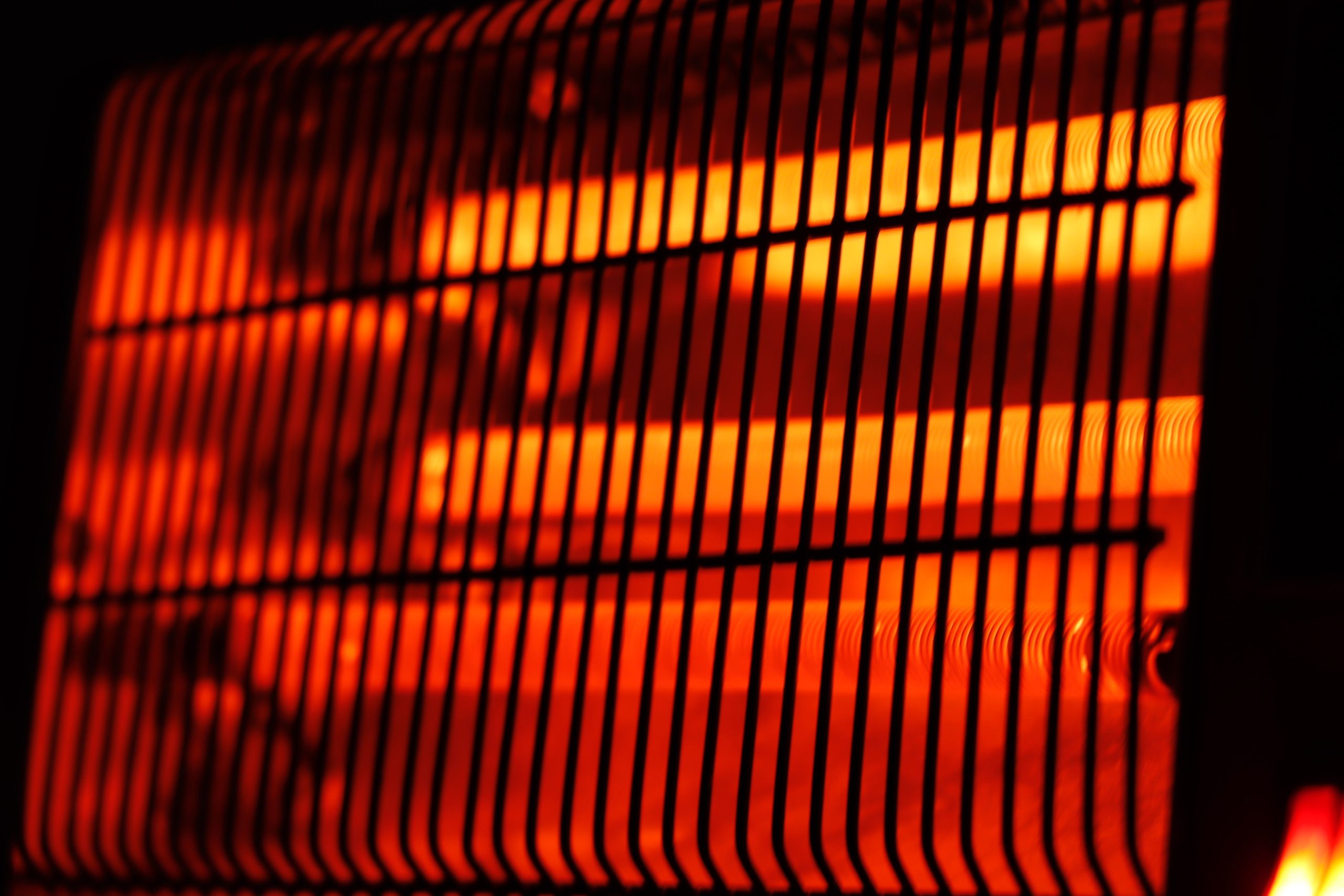
FISM News, Bethany Roberts
[elfsight_social_share_buttons id=”1″]
New data shows the cost to heat a home is expected to increase by more than 17% from last year, according to the National Energy Assistance Directors Association (NEADA). This is a 10-year high for the industry.
The new report states that prices are expected to jump above $1,200 in the upcoming winter months. This would be a $175 rise from last year. This is expected to most negatively affect those in the West and Midwest and low-income families.
Areas in the U.S. have already seen record-high heat levels this summer, some places reaching triple digits. According to a summer reliability assessment by North American Electric Reliability Corporation (NERC), the Midwest and West U.S. may see grid failure this winter. The assessment said that lack of capacity and construction on key transmission lines are some of the causes. The dry season in the West is also impacting hydro-generators, and the excessive heat is increasing demand.
NEADA is especially focused on the lower-income families who will be impacted by this jump in cost. In August, NEADA said more than 20 million families were behind on their utility bills.
The association said low-income families owe a combined total of about $16 billion in unpaid utility bills. According to the report, home energy prices have risen more than 35% between 2020-2021 and 2021-2023.
The cumulative costs of heating homes could go from $127.9 billion to nearly $150 billion between 2022-2023. For families who are worried about paying for medicine, food, rent, and other essentials, this could be detrimental.
“Energy inflation is the leading inflation overall. This is not normal,” said Mark Wolfe, the executive director for NEADA. “We’re seeing numbers for middle-income families go higher. And many of those families also are on very tight budgets.”
“We expected at the beginning of this year for prices to be going up because of the increased demand,” Wolfe said.
The high demand, combined with Russia’s invasion of Ukraine and attempts to drop fossil fuels in exchange for “green energy” in Western nations have only worsened the issue. Wolfe included that prices in Europe are higher than in the U.S.
Last week, NEADA asked Congress for a supplemental increase of $5 billion in the Low-Income Home Energy Assistance Program. The request, if granted, will cover the rising costs of heating homes, as well as cooling them in the summer.
This will help relieve the financial stress of those needing to decide between rent and power in the short term. However, increased federal spending will inevitably raise inflation even higher and require higher taxes in order to fund the Biden administration’s ever-skyrocketing cost of government programs and initiatives.
